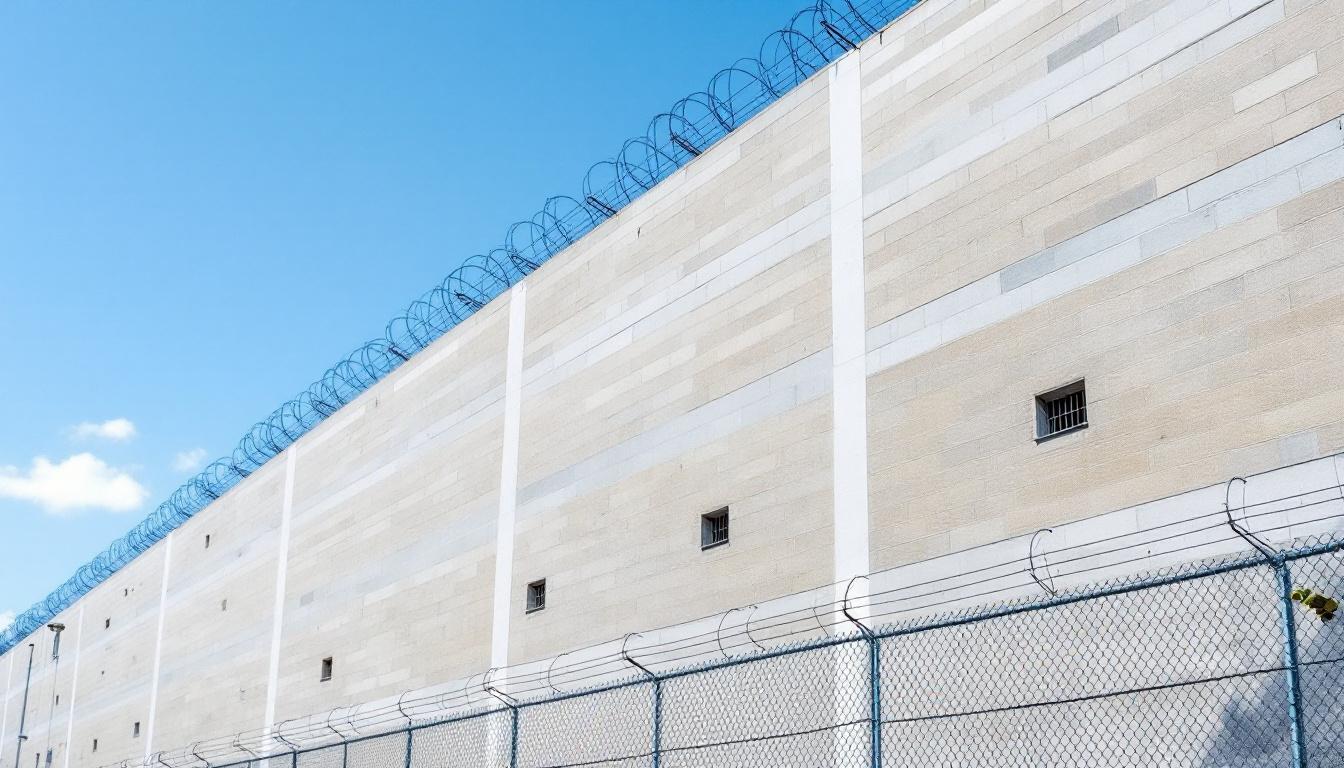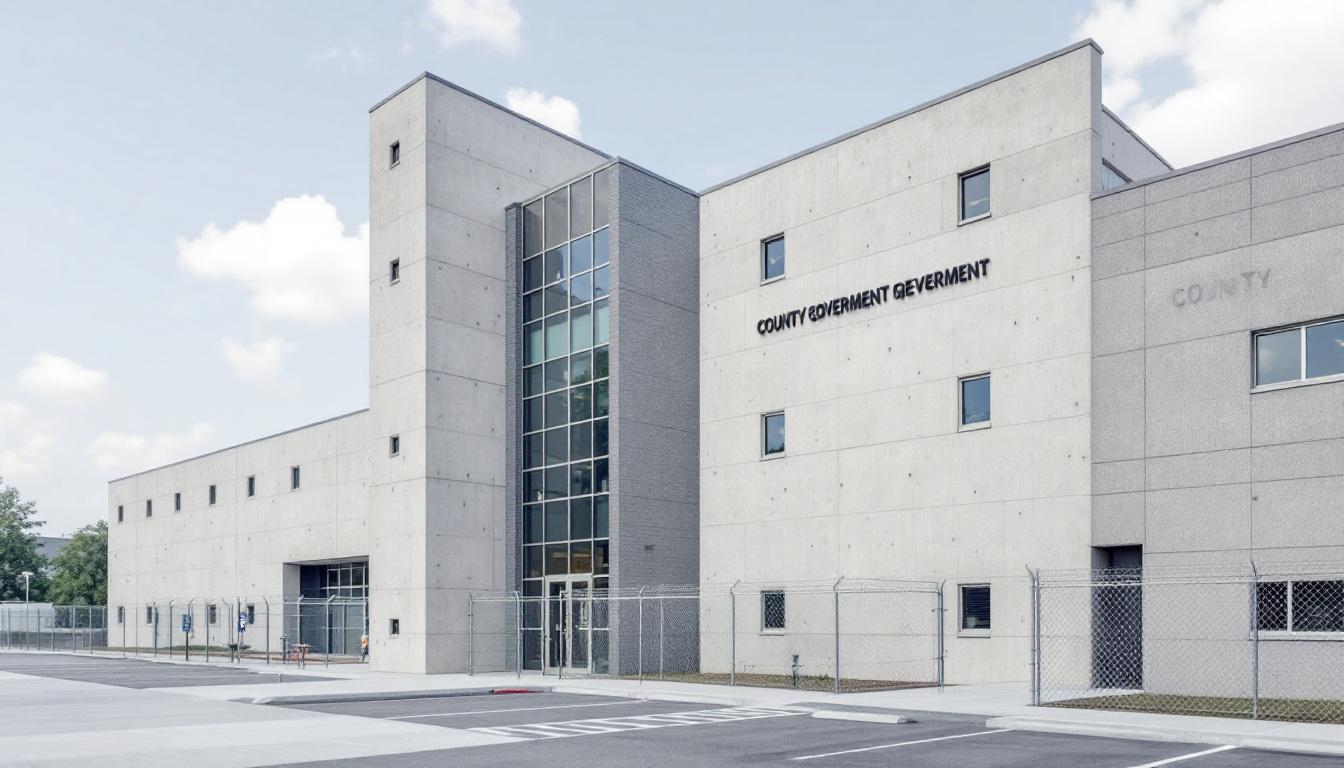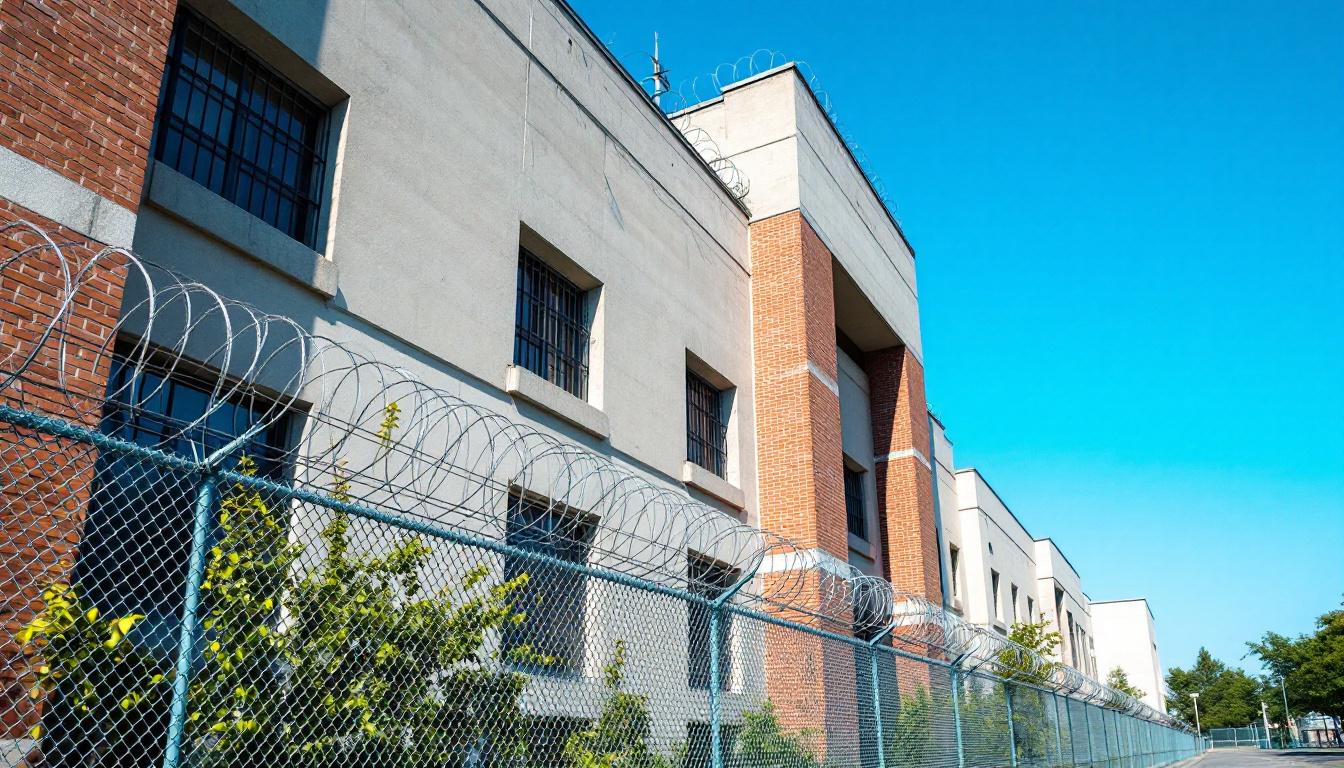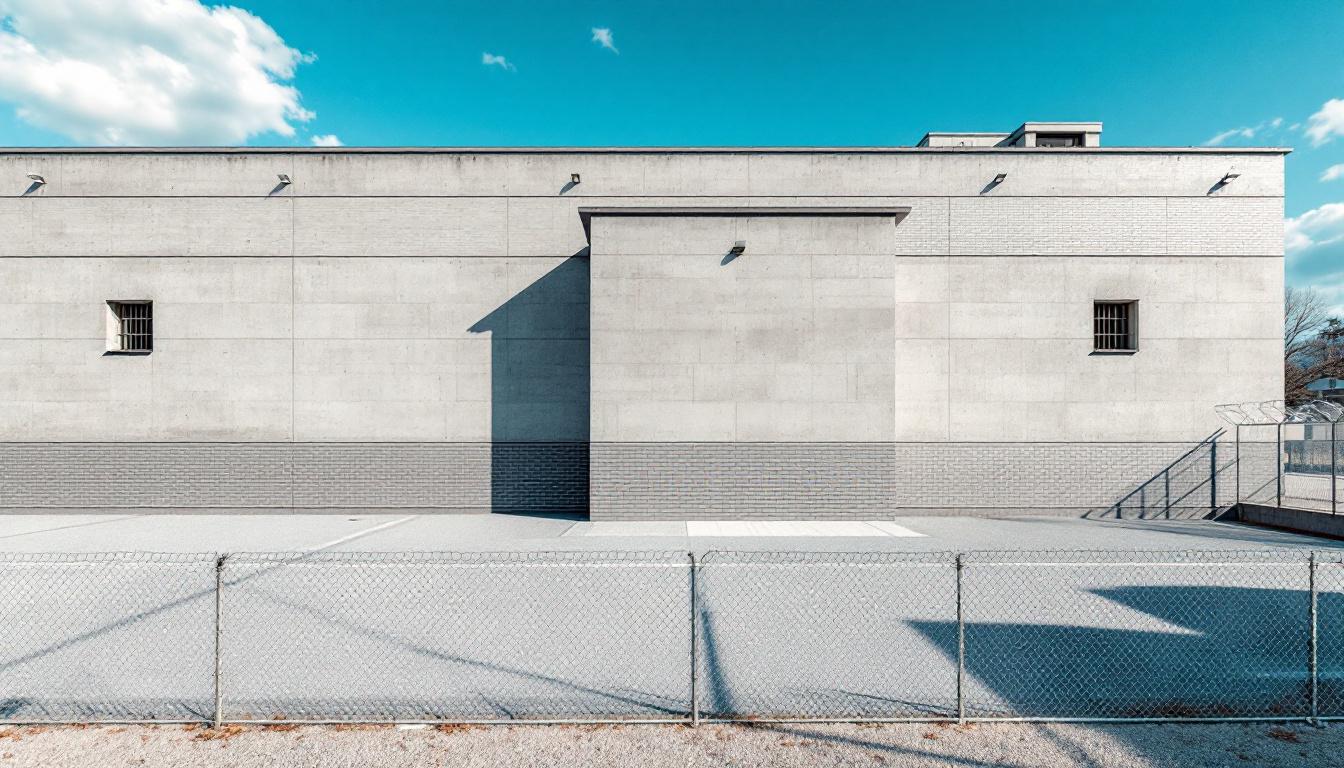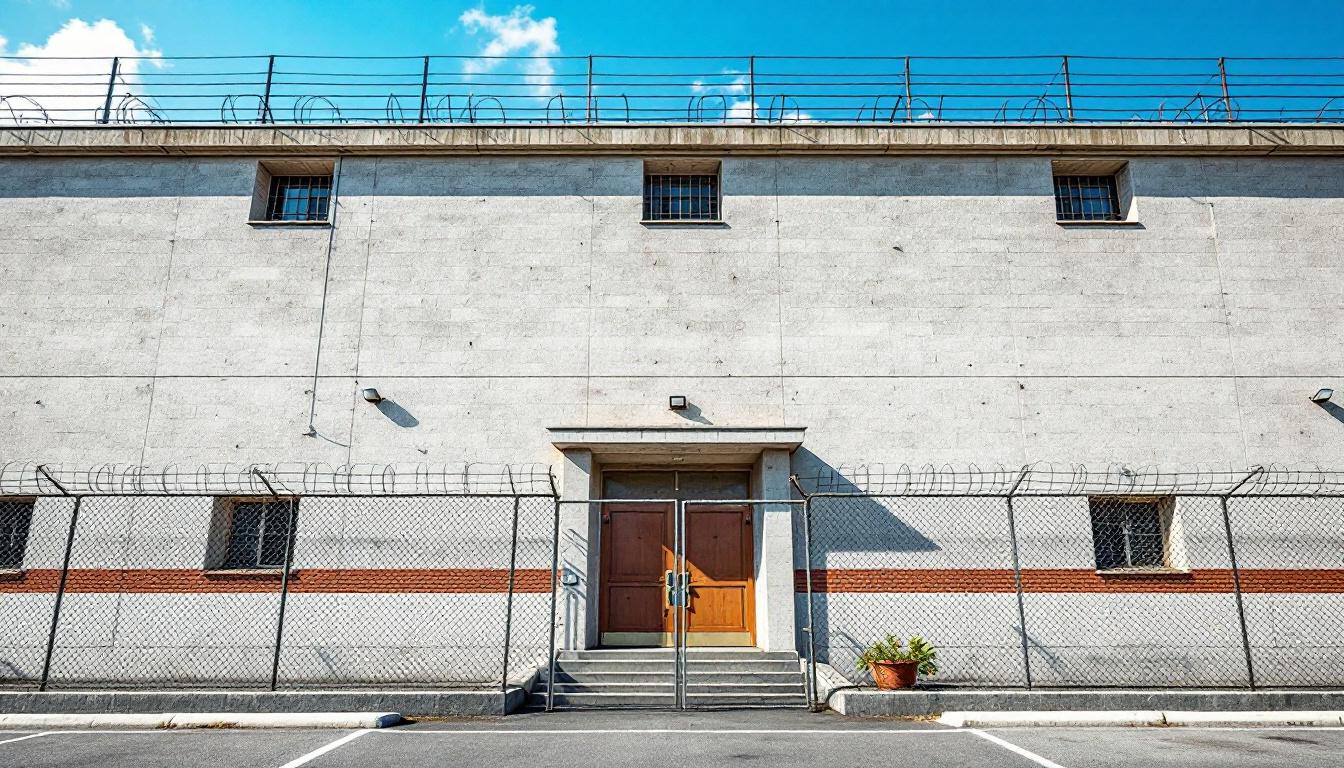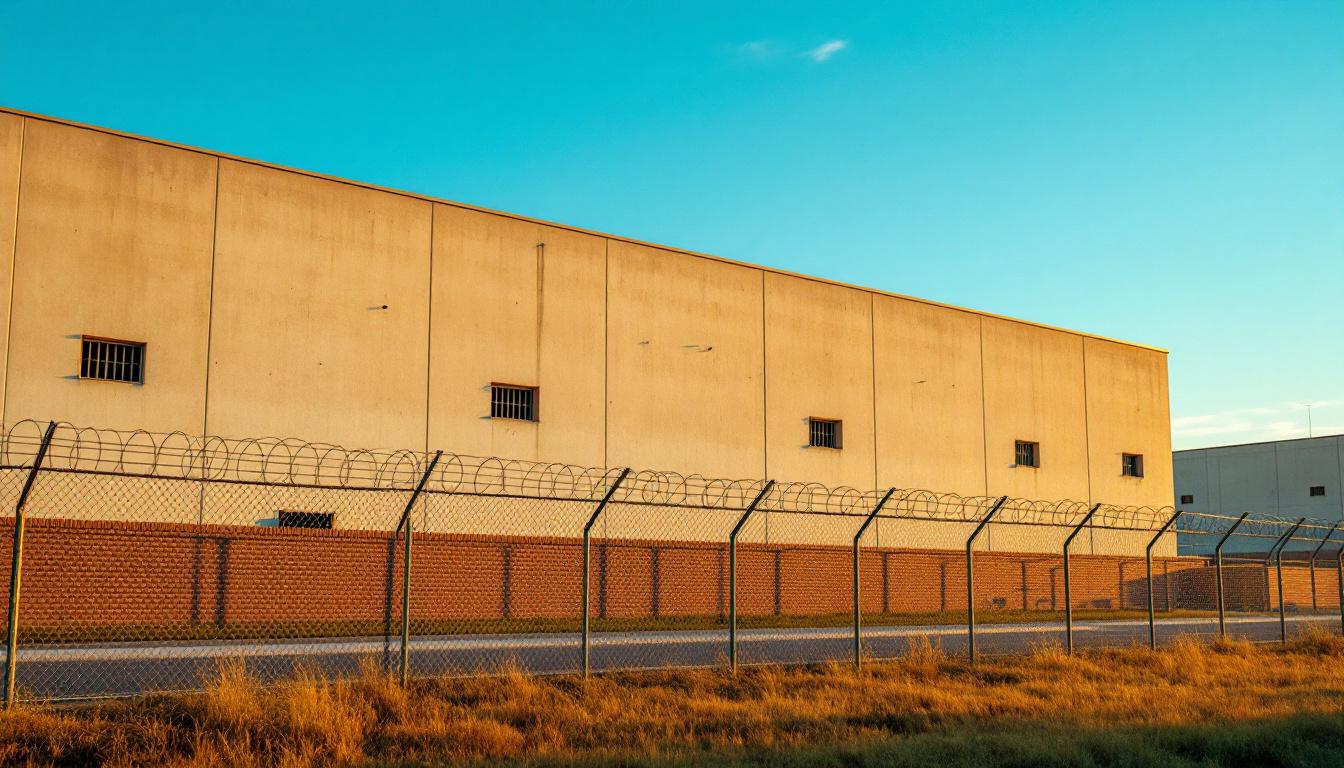
Quick Navigation
How to contact an inmate at Texas Department of Criminal Justice Thomas R. Havins Unit
This comprehensive guide will walk you through how to connect with an inmate at Texas Department of Criminal Justice Thomas R. Havins Unit. Follow the steps below to find an inmate and send letters and photos:
- Search for the inmate using our search tool below
- Create your account or log in to Penmate
- Write your message (up to 6,000 characters)
- Send instantly - inmates receive printed copies daily
Find an Inmate
Search for an inmate to start communicating today
Tip: You can search by first name, last name, or inmate ID number
To contact a person at Texas Department of Criminal Justice Thomas R. Havins Unit start by searching for the person on the official facility website. Perform a search by following these steps:
- Step 1: Enter their first name and last name into the search form and click "Search"
- Step 2: Locate their inmate record
- Step 3: Write down their Inmate ID and any housing information provided
Important! Be sure to enter the person's full name. Nicknames should not be used.
How to Send Messages to Inmates

You can use your phone or computer to send emails, letters, and photos to an inmate. Messages are sent electronically to inmate tablets or kiosks at the facility. If you would like to send a message, start by searching for an inmate at Texas Department of Criminal Justice Thomas R. Havins Unit.
Sending Photos and Postcards

A great way to send love and support to a loved one at Texas Department of Criminal Justice Thomas R. Havins Unit is to send photos and postcards. It only takes a few minutes to send photos from your phone and it makes a huge difference. You can also mail postcards with words of support and inspiration, or design your own postcard for special moments like birthdays and holidays.
Important! Be sure not to send any explicit photos or they may not be approved by the facility. You can also use a photo printing app like Penmate to make sure your photos are printed at the correct size (4x6 or 3x5) and are mailed according to the rules and regulations of Texas Department of Criminal Justice Thomas R. Havins Unit.
Frequently asked questions about Texas Department of Criminal Justice Thomas R. Havins Unit
-
How long does it take to deliver a message?
If you're sending an email message your letter is usually delivered within 24-48 hours. For messages sent via mail you should expect delivery within 3-7 days. All messages will need be approved by Texas Department of Criminal Justice Thomas R. Havins Unit.
-
How much does it cost to send a message to Texas Department of Criminal Justice Thomas R. Havins Unit?
You can send a message free using your phone or mail a message via USPS for the price of a $0.60 stamp and envelope. You can also purchase credits or e-stamps from services starting at $1.99.
-
What services can I use to contact an inmate at Texas Department of Criminal Justice Thomas R. Havins Unit?
Penmate
You can use Penmate to send letters and photos to an inmate from your phone. It's an easy way to stay in touch during your loved one's incarceration. Use the inmate locator to find an inmate's location and contact information, then you can send messages within a few minutes.
Securus messaging
Securus may be another option for communicating with an inmate at Texas Department of Criminal Justice Thomas R. Havins Unit. You can create a friends and family account and purchase credits to send messages. All messages will be reviewed and must be approved by the facility.
JPay
Some county jails and state prisons may support sending messages with JPay. You must register an account with the system, find your loved one, and purchase stamps to send messages. For some locations you can also attach photos.
Smart Jail Mail
You may also check if Smart Jail Mail is available at Texas Department of Criminal Justice Thomas R. Havins Unit. Smart Jail Mail is operated by Smart Communications and has contracted with some state and county jails. After purchasing credits, your messages and photos are sent to the facility, printed out, and then handed out to your loved one.
-
What is the mailing address of Texas Department of Criminal Justice Thomas R. Havins Unit?
Mailing address:
Texas Department of Criminal Justice Thomas R. Havins Unit
500 FM 45
Brownwood, TX 76801
Phone: (325) 643-5575 -
What are the visiting hours at Texas Department of Criminal Justice Thomas R. Havins Unit?
Visiting hours at Texas Department of Criminal Justice Thomas R. Havins Unit vary by housing unit and security level. Generally, visits are scheduled on weekends and holidays, with some facilities offering weekday visits. Contact the facility directly at (325) 643-5575 or check their website for the current visiting schedule. Visits typically last 30-60 minutes and must be scheduled in advance.
-
What items are prohibited when sending mail to Texas Department of Criminal Justice Thomas R. Havins Unit?
Prohibited items typically include: cash, personal checks, stamps, stickers, glitter, glue, tape, staples, paperclips, polaroid photos, musical or blank greeting cards, hardcover books, magazines with staples, and any items containing metal or electronics. Only send letters on plain white paper with blue or black ink. Photos must be printed on regular photo paper (no Polaroids). Always check with Texas Department of Criminal Justice Thomas R. Havins Unit for their specific mail policies.
-
How do I send money to an inmate at Texas Department of Criminal Justice Thomas R. Havins Unit?
You can send money to an inmate at Texas Department of Criminal Justice Thomas R. Havins Unit through several methods: 1) Online using JPay, Access Corrections, or the facility's approved vendor, 2) Money orders mailed directly to the facility with the inmate's name and ID number, 3) Kiosks located in the facility lobby, or 4) Over the phone using a credit or debit card. Fees vary by method, typically ranging from $2.95 to $11.95 per transaction.
-
Can I schedule a video visit with an inmate at Texas Department of Criminal Justice Thomas R. Havins Unit?
Many facilities now offer video visitation as an alternative to in-person visits. At Texas Department of Criminal Justice Thomas R. Havins Unit, video visits may be available through services like Penmate, Securus Video Connect, GTL, or ICSolutions. Video visits typically cost $10-20 for 20-30 minutes and must be scheduled in advance. You'll need a computer or smartphone with a camera and reliable internet connection. Contact the facility for their specific video visitation policies and approved vendors.
-
What identification do I need to visit an inmate at Texas Department of Criminal Justice Thomas R. Havins Unit?
All visitors must present valid government-issued photo identification such as a driver's license, state ID, passport, or military ID. Minors must be accompanied by a parent or legal guardian who can provide the minor's birth certificate. Some facilities require visitors to be on the inmate's approved visitation list, which may require a background check. Contact Texas Department of Criminal Justice Thomas R. Havins Unit for specific ID requirements and visitor approval procedures.
-
How can I find out an inmate's release date?
To find an inmate's release date at Texas Department of Criminal Justice Thomas R. Havins Unit, you can: 1) Use the online inmate search tool if available, 2) Call the facility's records department, 3) Contact the inmate's case manager or counselor, or 4) Have the inmate provide this information during a call or visit. For privacy reasons, some facilities only release this information to immediate family members.
Facility Overview
Contact Information
Texas Department of Criminal Justice Thomas R. Havins Unit500 FM 45
Brownwood, TX 76801
Phone: (325) 643-5575
Official Website

About Texas Department of Criminal Justice Thomas R. Havins Unit
Correctional facilities within Texas serve as integral components of the state's comprehensive approach to public safety and offender rehabilitation, with each institution designed to balance security requirements alongside meaningful reentry preparation. The Thomas Havins Unit operates as a TX correctional facility positioned within the Dallas metropolitan area, contributing to the broader network of institutions that address the population services needs across this major urban region.
Located in Dallas, TX, this correctional facility typically functions within the framework of Texas Department of Criminal Justice objectives, emphasizing structured programming that may include educational opportunities, vocational training, and behavioral intervention services. The facility's operational approach generally aligns with state-level goals of reducing recidivism through evidence-based practices while maintaining appropriate security protocols. Programs often focus on developing practical skills and addressing underlying factors that contribute to criminal behavior, preparing individuals for successful community reintegration upon release.
The institution's position within the Dallas area provides certain advantages for family visitation and community connections, factors that research indicates may support positive outcomes during incarceration and transition periods. Like other facilities in the Texas system, the Thomas Havins Unit typically offers various support services that may include medical care, mental health programming, and substance abuse treatment, all designed to address the diverse needs of the incarcerated population while working toward the ultimate goal of public safety through effective rehabilitation and successful reentry into society.
Programs & Services
Through comprehensive support services, the population at Thomas Havins Unit receives assistance designed to address their diverse needs and prepare them for successful community reintegration. The facility's approach emphasizes building practical skills while fostering personal growth through structured programming. These initiatives typically focus on developing both technical competencies and life skills that may prove essential for maintaining stability after release.
Educational and vocational programs form a cornerstone of the supportive services offered to participants. Vocational training opportunities often include instruction in construction trades, providing hands-on experience with industry-standard techniques and safety protocols. These programs may supply participants with marketable skills that can lead to employment opportunities upon their return to the community. The curriculum typically emphasizes both theoretical knowledge and practical application, allowing the population to develop confidence in their abilities.
Work programs and faith-based initiatives also play significant roles in supporting participant development and rehabilitation. Agriculture programs may offer opportunities for individuals to engage in meaningful labor while learning sustainable farming practices and developing a strong work ethic. Work release programs typically provide supervised opportunities for qualified participants to maintain employment in the community while completing their sentences. These support services often include counseling components and may incorporate family engagement elements, recognizing that successful reintegration frequently depends on strong community and family connections.
Daily Life & Visitation
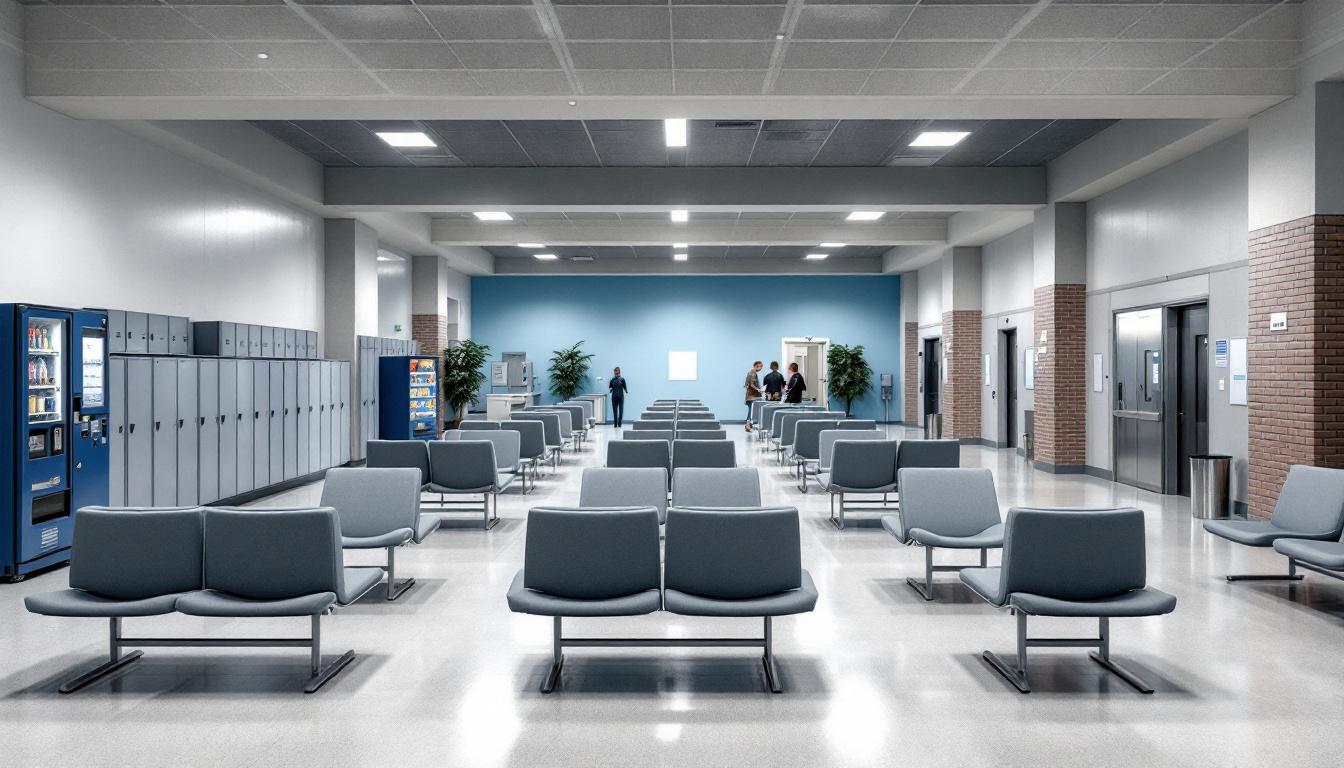
Organizational frameworks shape every aspect of the experience for the population at Thomas Havins Unit, where structured routines currently provide predictability and order throughout each day. The facility continues to operate on a systematic schedule that typically begins with early morning counts and meal service, followed by work assignments and programming activities. Security protocols generally guide movement between housing areas and common spaces, while staff supervision ensures compliance with established procedures.
Living accommodations within the facility typically consist of multi-person housing units where the population shares dormitory-style or cell-based arrangements. Personal property allowances usually include basic necessities and approved items that may be purchased through the commissary system. Also, dining arrangements generally follow scheduled meal times in designated areas, with the population receiving nutritionally planned meals that meet state correctional standards. However, special dietary needs may be accommodated through medical or religious accommodation processes when appropriate.
Recreational opportunities often supply important structure to daily routines, with the population typically having access to exercise areas, television viewing, and various indoor activities during designated periods. Work assignments generally provide both structure and skill development, as many residents participate in facility maintenance, kitchen duties, or other institutional operations. Also, family connections remain important through scheduled visitation periods and telephone privileges that usually operate within established guidelines. Communication options may include written correspondence and, where available, electronic messaging systems that help maintain relationships with loved ones outside the facility.
Ready to Connect?
Start communicating with your loved one today
Search for an Inmate
